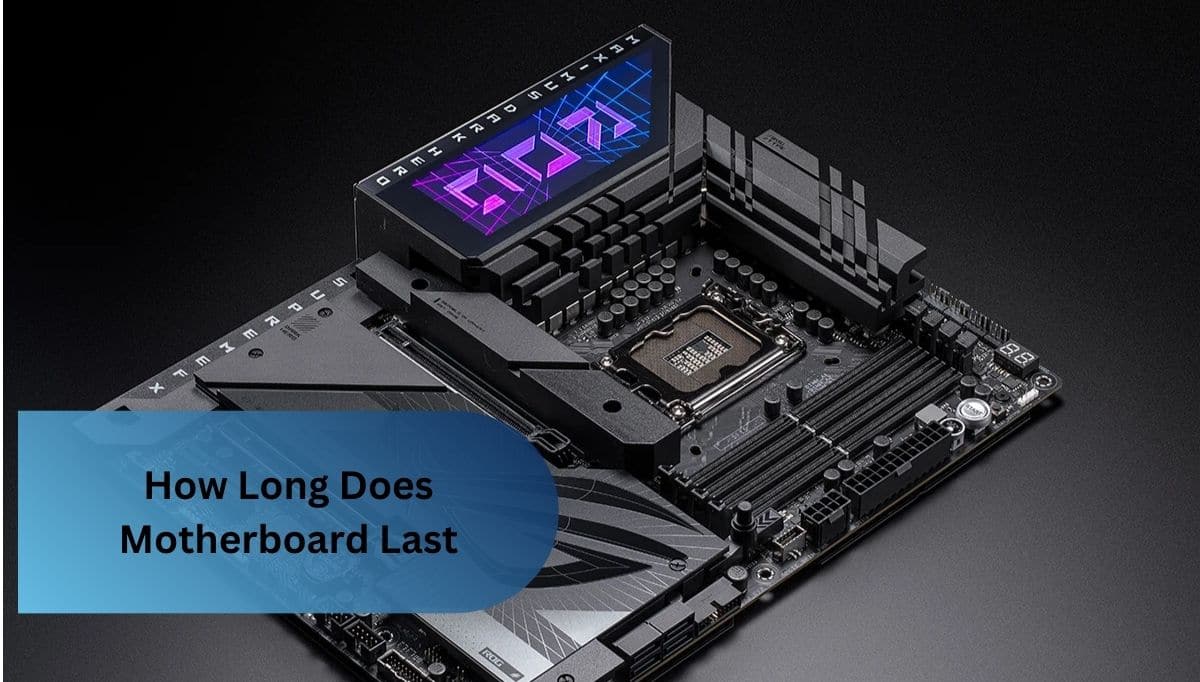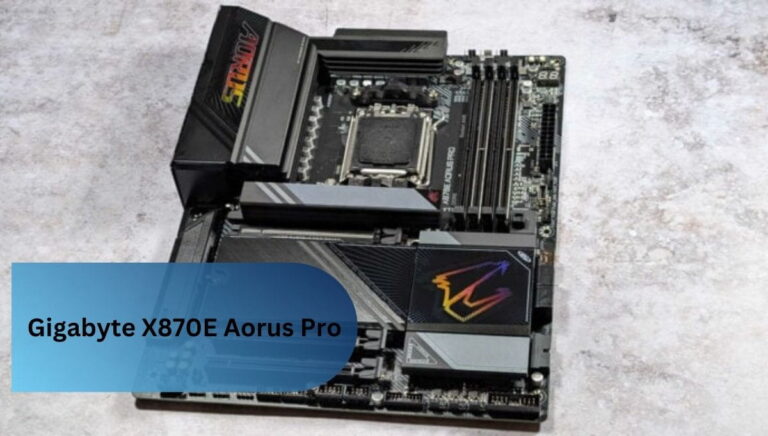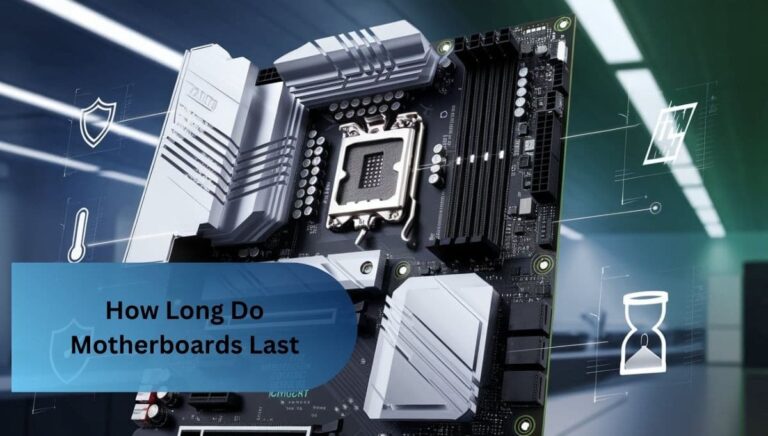How Long Does Motherboard Last – A Detailed Guide!
A motherboard can last over a decade if you treat it gently, like a careful gardener tending their plants. Keep it cool, clean, and stress-free, and it’ll surprise you with its durability.
A motherboard can quietly endure 10–20 years if cared for, but stress or neglect might cut that short. Treat it kindly, and it could outlast the trends it powers.
In this article, we discussed the typical lifespan of motherboards, factors that influence their longevity, and practical tips to extend their life. We also answered common questions related to motherboard care, usage, and upgrades.
Introduction How Long Does Motherboard Last
The question “How long does a motherboard last?” is one many PC users ponder when building or maintaining their systems. The lifespan of a motherboard depends on how it’s used and the care it receives. Typically, when asked how long does a motherboard last, the answer can range from a few years to even two decades.
However, how long does a motherboard last can also vary due to environmental factors like dust or heat, which can shorten its life. Understanding how long does a motherboard last helps users prepare for eventual replacements while maximizing their current setup.
Factors Influencing The Longevity Of Motherboards
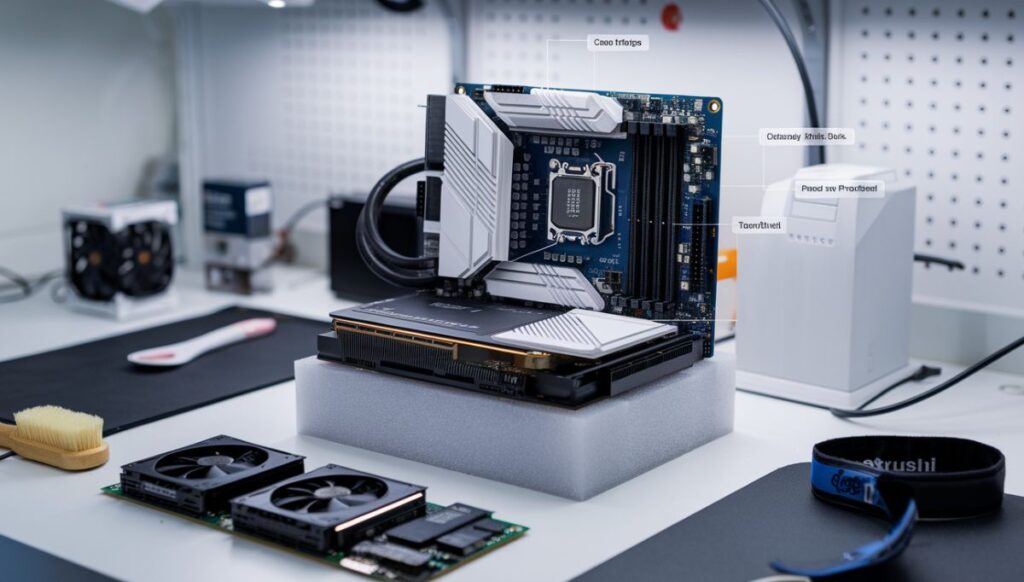
1. Quality of the Motherboard Components:
The quality of motherboard components directly affects how long it lasts, with durable materials offering greater reliability. Cheaper builds may fail sooner due to weaker parts and less precision in manufacturing.
2. Impact of Daily Usage and Workload:
Heavy daily usage and demanding workloads can strain a motherboard, causing components to wear out faster. Light or moderate use helps reduce this stress, extending its lifespan.
Read Also: Asrock B650 Steel Legend Wifi Atx Am5 Motherboard – Ultimate Guide And Review!
3. Role of Cooling and Heat Management:
Proper cooling prevents overheating, which can damage a motherboard’s delicate components over time. Effective heat management ensures stability during heavy tasks and extends its operational life. Without adequate cooling, rising temperatures can cause gradual wear or sudden failures.
4. Environmental Conditions and Cleanliness:
Environmental conditions play a big role in how long a motherboard lasts. Dust, humidity, and extreme temperatures can cause wear and tear, leading to overheating or corrosion. Keeping your PC in a clean, cool, and dry space helps prevent these issues, extending its lifespan.
5. Effects of Electrical Surges and Power Stability:
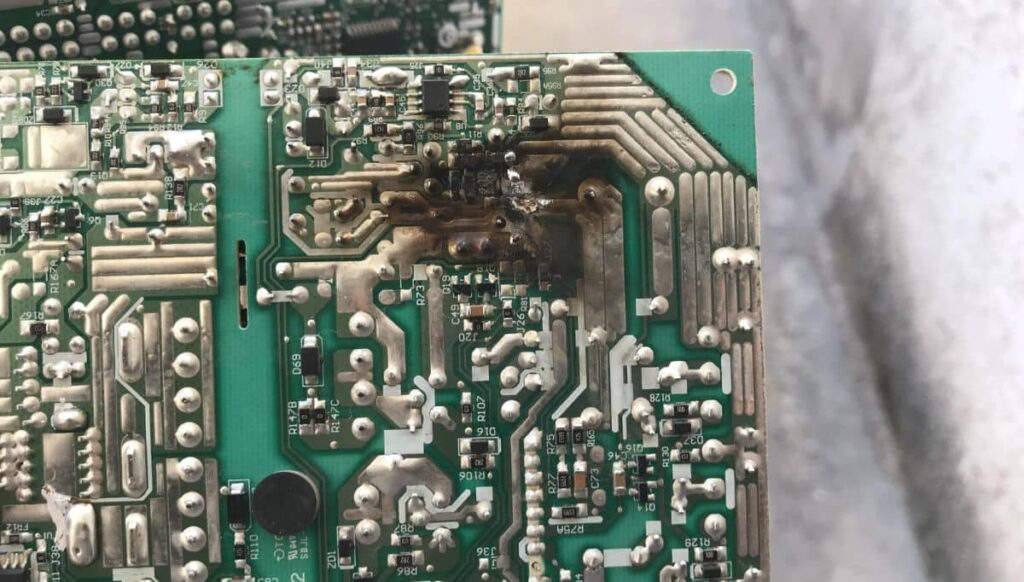
Electrical surges can damage a motherboard by overwhelming its sensitive circuits, leading to permanent failure. Unstable power sources, like sudden spikes or drops, increase the risk of these surges. Using surge protectors and reliable power sources helps protect your motherboard from such threats.
6. Influence of Maintenance and Care Practices:
Regular cleaning and gentle handling can significantly extend your motherboard’s life. Keeping dust away and ensuring proper airflow prevents overheating and wear. Simple care routines like tightening screws and avoiding static buildup go a long way in maintaining longevity.
7. Risks Associated with Overclocking:
Overclocking pushes a motherboard’s limits, causing it to run hotter and work harder than usual. This added strain can reduce its lifespan and lead to instability. Without proper cooling, overclocking can even damage sensitive components permanently.
Typical Lifespan Of Motherboards
- 10 to 20 Years: On average, a well-maintained motherboard can last between 10 and 20 years.
- Quality Matters: Higher-quality motherboards tend to last longer due to more durable components.
- Environmental Factors: Dust, heat, and humidity can accelerate wear and reduce lifespan.
- Daily Use: Regular, heavy use (like gaming or rendering) might shorten the motherboard’s life.
- Maintenance: Keeping your system clean and well-ventilated helps preserve the motherboard.
- Electronics Stress: Overclocking or electrical surges can put additional strain on the motherboard, potentially shortening its life.
Tips To Prolong Motherboard Lifespan
1. Keep It Cool and Well-Ventilated:
- Proper Airflow: Ensure your PC has enough airflow by arranging cables neatly and placing it in an open area.
- Case Fans: Install additional fans to improve circulation and prevent heat buildup inside the case.
- Clean Fans Regularly: Dusty fans reduce airflow; clean them regularly to maintain efficient cooling.
- Avoid Blocking Vents: Keep vents unobstructed to allow air to flow freely through the case.
2. Regular Cleaning and Dust Removal:
Regularly cleaning your motherboard keeps dust from blocking airflow and causing overheating. Simple air blasts or soft brushes can help maintain smooth operation and extend its life.
3. Use a Surge Protector for Safety:
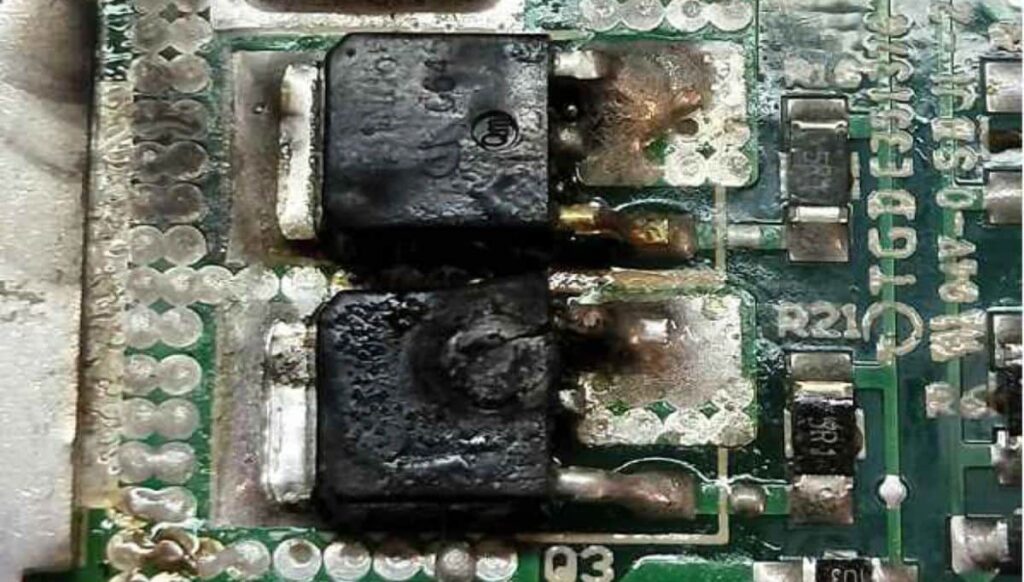
A surge protector shields your motherboard from damaging power spikes. It acts like a buffer, preventing sudden electrical surges from frying your components.
4. Avoid Overclocking Without Proper Cooling:
- Increased Heat: Overclocking generates more heat, which can strain the motherboard and other components.
- Risk of Damage: Without proper cooling, the excess heat can lead to overheating and potentially damage sensitive parts.
- Reduced Lifespan: Prolonged overclocking without adequate cooling can shorten the overall lifespan of your motherboard.
- Instability: Overclocking can cause system instability if the cooling isn’t sufficient to manage the increased temperature.
- Effective Cooling Solutions: Use high-quality fans, liquid cooling systems, or heat sinks to prevent overheating when overclocking.
5. Handle with Care During Upgrades:
When upgrading, always handle the motherboard gently to avoid damaging sensitive components. Make sure to ground yourself to prevent static discharge, which can harm the circuits. Carefully install or remove parts to avoid bending pins or causing physical strain.
Read Also: Can I Use 2400mhz Ram In 3200mhz Motherboard – A Complete Guide!
6. Monitor Temperature and System Health:
- Check Regularly: Monitor your motherboard’s temperature using software tools to prevent overheating.
- Optimize Airflow: Ensure that your case has proper airflow to keep components cool.
- Watch for Warning Signs: Pay attention to system instability or crashes, as they could indicate overheating or hardware issues.
- Clean Fans and Heatsinks: Dust buildup on cooling components can increase temperatures, so clean them often.
- Use Thermal Paste: Reapply thermal paste when needed to maintain effective heat dissipation between the processor and heatsink.
7. Maintain Stable Power Supply:
A stable power supply ensures your motherboard gets the right amount of voltage, preventing sudden power loss. Using a reliable power source protects against surges and voltage spikes that could damage components. Regularly check connections to avoid power inconsistencies that could harm your system.
Ways To Increase The Motherboard’s Life
To increase the lifespan of your motherboard, it’s important to implement a few smart practices that protect it from unnecessary wear and tear. Keeping it clean, cool, and well-maintained can go a long way in ensuring it continues to perform efficiently over time. Regular monitoring and thoughtful upgrades are also crucial in preventing problems before they arise.
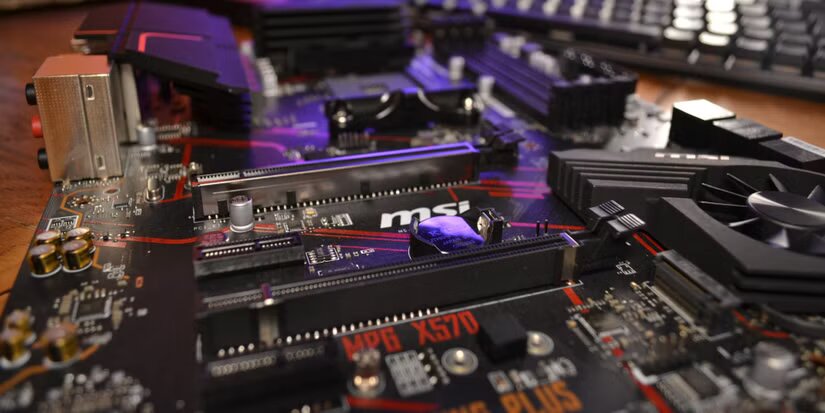
- Ensure Proper Cooling: Keep the system temperature in check with good airflow and efficient fans.
- Clean the Interior Regularly: Dust and debris can cause overheating, so use compressed air to clean the motherboard every few months.
- Avoid Overloading: Don’t push the motherboard’s limits with excessive overclocking or high-demand tasks without adequate cooling.
- Use Surge Protectors: Prevent power surges from damaging sensitive components by using a surge protector or uninterruptible power supply (UPS).
- Install and Maintain High-Quality Parts: Use high-quality components and check for signs of wear or damage during upgrades.
FAQ’s
1. How do I know when my motherboard is failing?
Common signs of a failing motherboard include random system crashes, failure to boot, strange error messages, or hardware components not being recognized.
2. Can a motherboard be repaired if it fails?
In most cases, motherboard repairs are difficult and expensive. It’s often more cost-effective to replace the entire motherboard rather than attempt repairs.
3. Is it possible to upgrade a motherboard?
Yes, upgrading your motherboard is possible, but it typically requires replacing other components like the CPU and RAM to ensure compatibility with newer technologies.
4. Can a motherboard last without a GPU?
Yes, motherboards can function without a dedicated graphics card if they have integrated graphics, although performance may be limited for tasks like gaming or video editing.
5. How often should I replace my motherboard?
If your motherboard still runs smoothly and supports your current hardware needs, there’s no immediate need for a replacement. Consider upgrading if you need better performance or support for new technologies.
Conclusion:
The lifespan of a motherboard can range from a decade to two, depending largely on how well it’s cared for and the conditions it faces. By keeping it cool, clean, and protected from power surges, you can maximize its longevity and avoid unnecessary replacements. Treat your motherboard with care, and it’ll serve you well for many years.
Read More:
